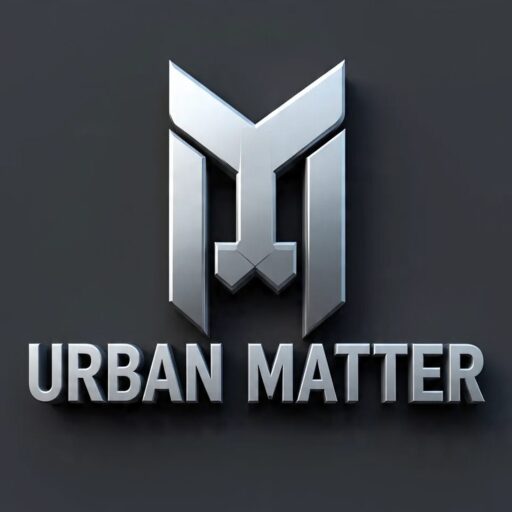Introduction
In an increasingly interconnected world, the importance of accurate and reliable translation cannot be overstated. Whether in business, education, or global communications, translation enables us to bridge linguistic divides and create mutual understanding. One term that has been surfacing recently in Slavic and Eastern European linguistic contexts is “преводсч.” Though not widely known in English-speaking circles, this term holds significant relevance in the field of translation and cross-cultural communication.
In this article, we explore what “преводсч” means, its historical roots, modern-day applications, technological advancements, and the broader implications for industries and individuals in our digitized world.
What Does “Преводсч” Mean?
The word “преводсч” is likely derived from Slavic linguistic roots. In Bulgarian and other related languages, the word “превод” means translation. The suffix “-сч” appears to indicate a tool or a function, possibly a modern or stylized abbreviation.
So, “преводсч” can be interpreted in two main ways:
- A translation device or system, such as machine translation tools
- A person who performs translation tasks, similar to a translator or linguist
Whether machine-based or human-led, a преводсч plays a vital role in ensuring content crosses language barriers effectively.
The Evolution of Translation Through History
Understanding requires a look at how translation has evolved:
Ancient and Classical Eras
Early civilizations like Mesopotamia and Egypt relied on scribes and bilingual speakers. The Rosetta Stone, an ancient trilingual text, is a famous early translation artifact.
Middle Ages
Translation of religious texts during the Middle Ages, including the Bible and the Quran, allowed ideas to spread across cultures. This era saw the rise of professional translators.
Printing Press Era
The invention of the printing press in the 15th century marked a revolution. Translated texts could be distributed to larger audiences, boosting education and science.
Digital Revolution
With the rise of the internet, translation tools have moved from paper to screen. Today’s преводсч may include AI-powered software, voice recognition tools, and more.
Types of Преводсч in Today’s World
Modern преводсч comes in several forms, both human and digital. Here’s how each plays a unique role:
1. Human Translators
Human translators are experts who know the language, culture, tone, and subject matter.
Benefits include:
- Nuanced translations
- Cultural sensitivity
- High accuracy in technical/legal documents
- Custom tone for brand communication
2. Machine Translators
Digital tools like Google Translate, DeepL, and Microsoft Translator act as automated преводсч systems.
Benefits:
- Fast translations
- Good for short, non-technical content
- Multilingual support
- Cost-effective for basic needs
3. Hybrid Translators
Some platforms now combine AI automation with human editing. This model provides speed with higher accuracy.
Why Преводсч Matters for Businesses
Businesses expanding globally rely on multilingual communication. A skilled преводсч helps them thrive.
E-commerce
Online shops must translate:
- Product descriptions
- Checkout pages
- Emails
- Ads
Accurate translations improve sales, trust, and conversions.
Legal & Compliance
Legal documents need error-free translations, especially in:
- Contracts
- Privacy policies
- Regulatory compliance
One mistake in translation can cost millions or cause lawsuits.
Marketing
A преводсч helps:
- Localize content
- Adapt slogans
- Avoid cultural faux pas
Global brands like Nike and Coca-Cola invest heavily in professional translators.
Преводсч in Education and Academia
Education is no longer limited to one language. Global learners rely on translated content to access knowledge.
Academic Research
Researchers worldwide collaborate across languages. Преводсч solutions help:
- Translate papers
- Share knowledge
- Increase global reach of academic journals
Language Learning
Apps like Duolingo and Rosetta Stone use преводсч technology to teach millions. Students learn:
- Grammar
- Pronunciation
- Reading comprehension
- Translation skills
Преводсч and Content Creation
Digital creators use преводсч to scale their audience.
Blogging & SEO
Translating blogs helps creators:
- Reach non-English readers
- Improve international traffic
- Rank in local SERPs with translated keywords
Video Content
YouTubers and TikTok influencers use tools to:
- Add subtitles
- Translate titles/descriptions
- Engage global fans
Social Media
Global brands and influencers use преводсч tools to localize content for:
- Twitter (X)
Challenges Faced by Преводсч Tools
While technology has improved translation, certain challenges remain:
1. Loss of Context
Automated tools often struggle with:
- Idioms
- Double meanings
- Industry jargon
2. Cultural Differences
Even perfect grammar may offend or confuse in another culture. A human преводсч considers tone and cultural norms.
3. Data Privacy
Some online tools store data. Sensitive translations—like business emails or legal files—should be handled by secure, certified professionals.
Technologies Powering Modern Преводсч
Here’s how technology is improving translation tools:
AI and Machine Learning
Modern преводсч systems learn from millions of documents. They improve daily by:
- Studying sentence structure
- Learning user preferences
- Adapting to different languages
Real-Time Translation
Apps now translate speech in real time:
- Zoom & Teams offer real-time captions
- Google Pixel Buds translate as you speak
- Skype offers built-in translation features
Neural Networks
Neural Machine Translation (NMT) helps with:
- Context-aware translation
- Better grammar structure
- High fluency levels
Emotion-Aware Translations
AI is now learning to interpret emotional tone—such as sarcasm, humor, or anger. This makes translations feel more human.
Blockchain in Translation
New blockchain-based platforms offer:
- Translator accountability
- Transparent revision history
- Decentralized quality checks
Multilingual Chatbots
Future websites will have bots that:
- Instantly translate
- Understand local slang
- Speak multiple dialects
These bots will act as преводсч for real-time customer support.
Conclusion
The term “преводсч” may appear simple, but it represents a world of technology, language, culture, and global business potential. Whether you’re a student, entrepreneur, content creator, or global brand, using the right преводсч—be it a tool or a person—can help your message travel across borders.
In a time where the world speaks thousands of languages, the ability to translate with precision is not just useful—it’s essential.
Key Takeaways
- Преводсч means a translation tool or translator
- It plays a major role in business, education, and media
- Both human and machine translators have unique strengths
- Future tools will be real-time, emotion-aware, and blockchain-based
- Choosing the right преводсч depends on your content, budget, and goals

David is a passionate writer at UrbanMatter.com.in, sharing fresh perspectives on trending topics, technology, lifestyle, and more.

